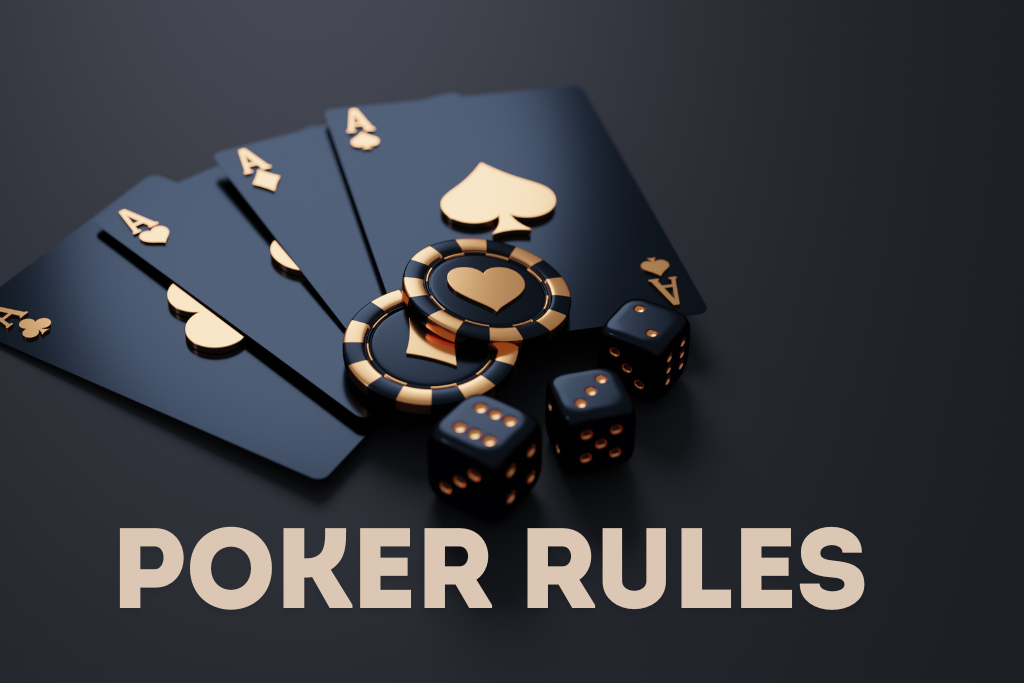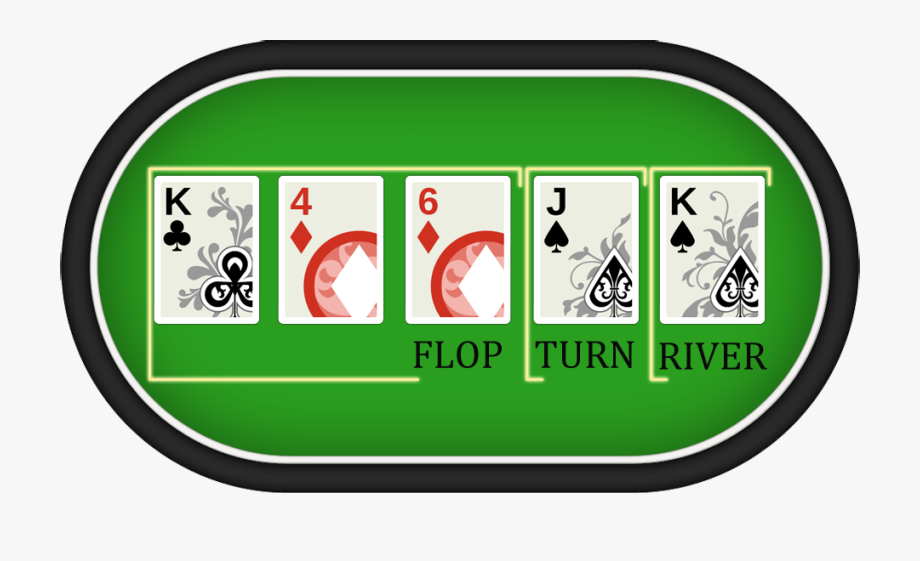
Where is the best place to play poker?
Note that there are many different types of poker, which have a lot in common, but the differences are quite significant. Below are the rules of the most popular type – Texas Hold'em poker.
The game is played worldwide, in various live casinos and online casinos. Well-known tournaments such as WSOP, WPT are also held both live and online, and these abbreviations are known to all poker fans from Asia to the USA.
If you are a complete beginner, we recommend that you first familiarize yourself with poker combinations.
Poker rules for beginners
How many players play?
Poker can be played by two players (heads up), or by several hundred or several dozen thousand players, but no more than 10 players play at one table.
In the case of a large number of players (tournaments), players are distributed at different tables, and as they drop out, there is constant rotation – the number of “open” tables is reduced, and players are moved to the empty seats of the dropped-out players.
Dealing cards

One of the players is called the dealer, he is assigned the letter D (usually) and a special chip (English dealer button). Almost nowhere do the players themselves deal the cards, so it is only a formal status. The dealer status moves one place clockwise with each card deal.
The next player after the dealer (clockwise) must make the mandatory small blind (English small blind). The next player sitting further away – the big blind (English big blind).
These bets are mandatory even if you don't like the first cards you get.
In tournaments, the small and big blinds are mandatory even if you are temporarily not playing (English sit out), in cash games it is usually possible to skip the game a few times in a row.
How to play poker?

Texas Hold'em poker is played with a deck of 52 cards. Each player receives two cards at the beginning of the game. Bets are made (no less than the big blind) or players fold their cards and skip the game.
If at least two players continue to play – three community cards are revealed (English flop, in player jargon flop). Then bets are made again, the amount can be raised (English bet), called (English call), checked without raising (English check) or folded (English fold). More about this later in the article.
In the second round, the fourth community card is revealed – turn. After another round of betting, the fifth and final community card is revealed – river. So, there are 5 community cards on the table and each player has two cards in their hand.
What is the goal?
Poker undoubtedly has a goal – to win. And the winner is the one who makes the best combination from their two cards and the five community cards on the table.
Texas Hold'em poker rules are quite flexible. Why do we say this? Because in poker you can use either 2 of your own and 3 from the table, or 1 of your own and 4 from the table, or all five community cards if your own cards are bad, low cards.
First betting round before the community cards
The first betting round takes place before the first three cards are revealed. This is called pre-flop. The first bet is made by the player to the left of the one who has already made the mandatory big blind. This player is given the right to choose one of three actions: fold, call, raise.
- Folding (fold) means not making any bet and not continuing this game.
- Calling (call) means making a bet equal to the big blind and continuing the game.
- Raising (bet) means increasing the big blind. If someone has already raised the bet before the player, it can be raised even more (raise). Various restrictions may apply to raising depending on the type of game. In a fixed-limit game, you can only raise as much as the big blind. In a pot-limit game, you can raise no more than the amount already accumulated in the pot (all bets on the table). In a no-limit game – as much as you want.
Other players to the left have the same options as the first bettor, with some differences in the actions of the small and big blind players.
The player who made the small blind has the same options, but their bet counts, and they only need to bet the difference. That is, if all players bet an amount equal to the big blind, this player must bet half the amount (the small blind is already placed, so the missing amount is bet).
The big blind player has no difference, so they can call without betting. They also complete the first betting round. Like other players, they can also raise the bet.
Second betting round after revealing three community cards
When the three community cards are revealed (flop), the second betting round begins, involving those players who did not fold their cards in the first round. When the three community cards are revealed on the table, the player to the left of the dealer (previously the small blind player) makes their bet.
The same options remain, that is, calling, raising, checking (English check). If the cards on the table and in your hand do not satisfy you – you can fold (fold).
Third betting round and the fourth revealed card
When the fourth community card (turn) is revealed, the third betting round begins. The order remains the same, starting with the player to the left of the dealer and proceeding clockwise. As before, players can place bets (bet), raise bets (raise), check (check), or fold (fold).

Fourth Betting Round – The Last Revealed Card
The final betting round and the fifth community card, the last card (river), are revealed. The sequence and actions remain unchanged, but after this betting round, the game ends and the players' cards are revealed to determine the winner of the pot.
When the players' hole cards are revealed, the player with the best combination wins. They take the entire pot.
If the combinations are the same, the pot is divided equally or according to the amount each player has bet. If one player went all-in, but other players continued to bet larger amounts because they had more chips than the all-in player, the pot is distributed according to these amounts.
After the hand is finished, a new one begins, and everything proceeds the same way from the start, but the dealer and the mandatory bet chips are moved one position to the left (clockwise).
Knowing the rules of poker is essential, but practical application is even more important. Only by practicing and trying to play can you learn to play well. Try to practically apply what you have just read now, and you will remember the rules, various game details, and nuances faster, without which winning is impossible!





